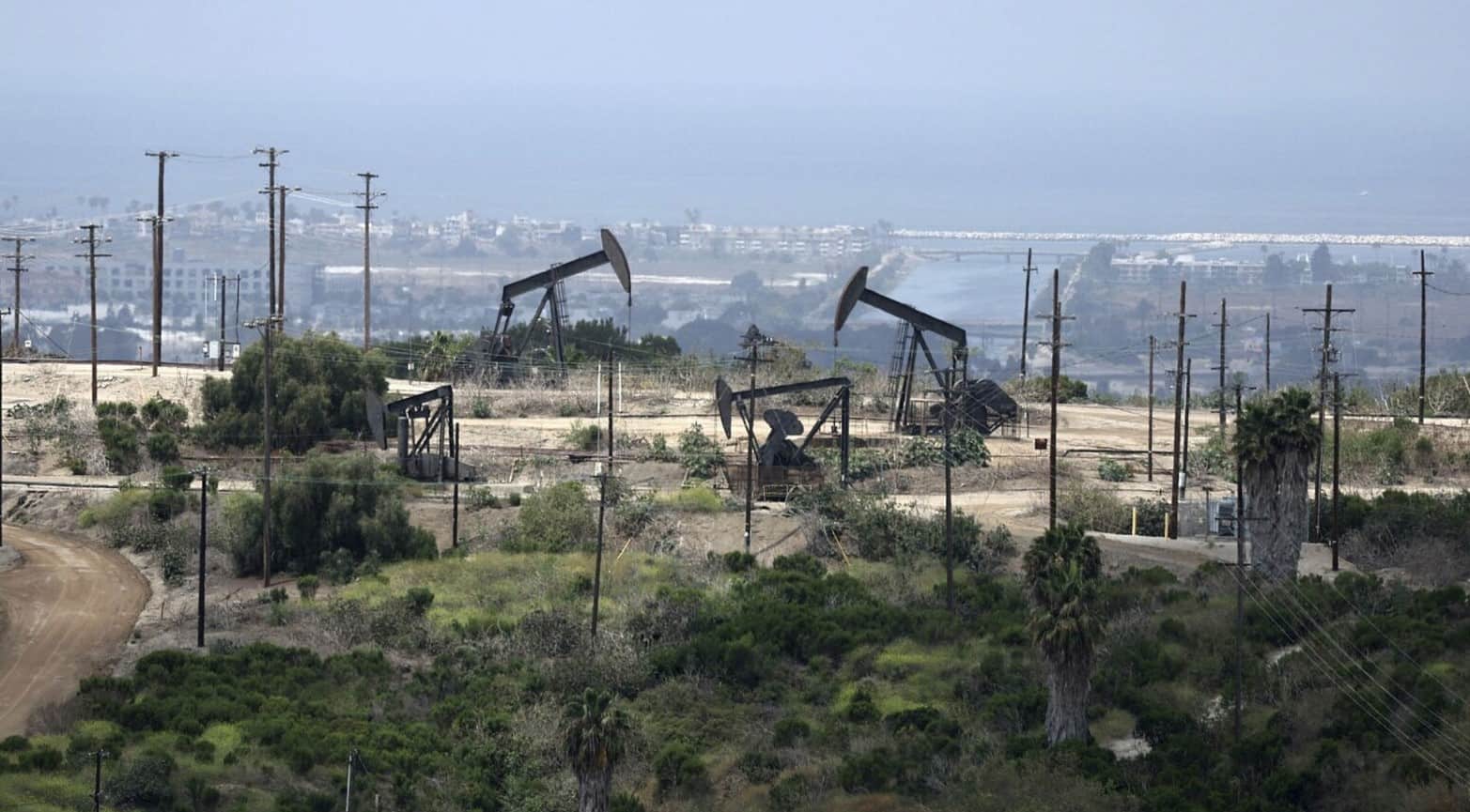Oil prices fell on Monday as disappointing data from the US and China complicated the economic outlook, driving a shift away from riskier assets.
International oil benchmark Brent crude dropped as low as $92.78 a barrel as gloomy reports from the world’s two leading economies added to worries that a slowdown in global growth will hit industrial and consumer demand. US marker West Texas Intermediate slipped to $86.82, its lowest level since early February — before Russia invaded Ukraine.
Both indicators later trimmed their losses later in the day with Brent settling down 3.1 per cent at $95.10, and WTI settling at $89.41, down 2.9 per cent.
Monday’s moves came after Chinese economic data showed that retail sales rose 2.7 per cent year on year in July while industrial production was 3.8 per cent higher. Economists had forecast larger increases of 5 per cent and 4.6 per cent, respectively.
Analysts at Goldman Sachs said the data indicated that the growth recovery since lockdowns in April and May spurred by the Omicron Covid-19 variant “stalled and even slightly reversed in July”.
“This points to still-weak domestic demand amid the sporadic Covid outbreaks, production cuts in some high-energy consuming industries and [the] adverse impact of recent risk events in the property sector,” they added.
In a bid to boost growth, China’s central bank on Monday cut its medium-term lending rate, through which it provides one-year loans to the banking system, by 0.1 percentage points to 2.75 per cent.
“The oil markets struggle to catch a break as weak macro data continues to put downward pressure on [them],” said analysts at Oilytics, noting the “grim” Chinese data came after poor consumer sentiment figures in Europe last week.
Traders will also be closely monitoring talks on reviving the Iran nuclear deal as Tehran weighs a new EU proposal to reboot talks. Any progress towards removing sanctions on Iranian exports could provide a boost to crude markets.
“Oil prices can swing wider than a pendulum when it comes to the perpetual Iranian nuclear talks,” said Tamas Varga at PVM Oil Associates.
Data from the US added to the sense of gloom about the global growth outlook on Monday. A New York Federal Reserve survey of manufacturers registered minus 31.3 for August from 11.1 the previous month. Economists polled by Reuters had forecast a reading of 5. The unexpected slump in the Empire State gauge marked the second-largest monthly fall for the index on record.
On Wall Street, US stocks registered muted gains after starting the session lower. The S&P 500 ended the day up 0.4 per cent, while the technology-heavy Nasdaq Composite rose 0.6 per cent. The broad S&P last week recorded its fourth consecutive week of gains.
In bond markets, the yield on the 10-year US Treasury note fell 0.05 percentage points to 2.8 per cent as the price of the benchmark instrument rose. US government debt is typically seen as a haven asset in times of economic stress.
Market participants on Wednesday will scrutinise minutes of the Federal Open Market Committee’s latest monetary policy meeting for clues about the central bank’s tightening plans.
The dollar gained 0.8 per cent against a basket of six leading currencies on Monday. In Europe, the regional Stoxx 600 share index closed 0.3 per cent higher. Chinese shares slipped, with the CSI 300 gauge of Shanghai and Shenzhen-listed stocks closing down 0.1 per cent and Hong Kong’s Hang Seng index sliding 0.7 per cent.

